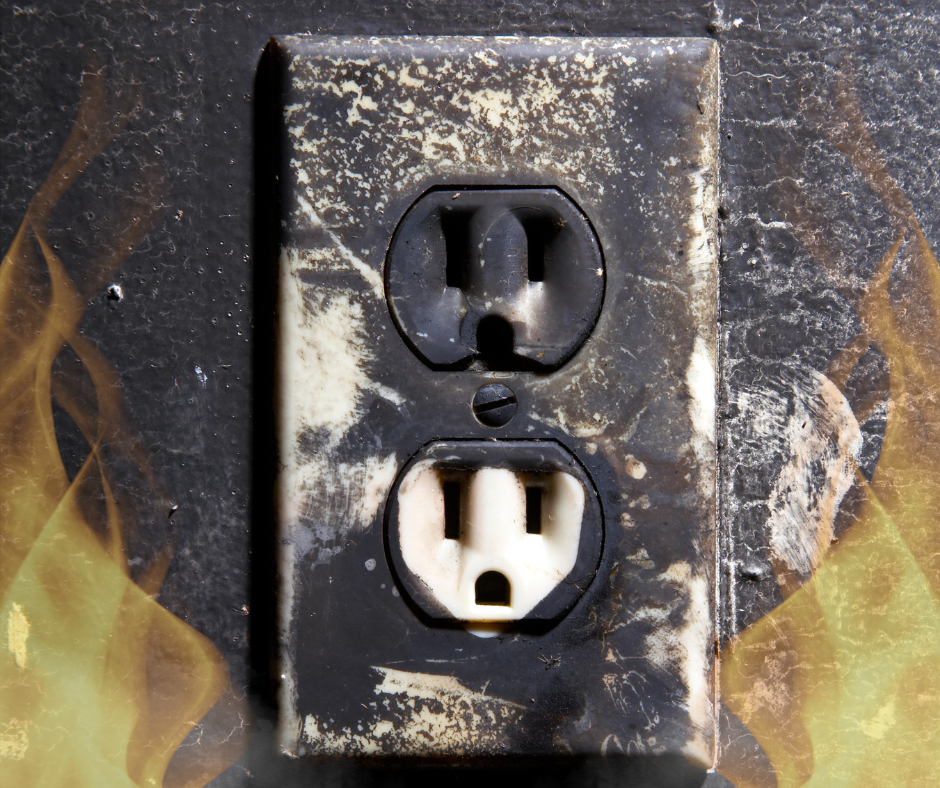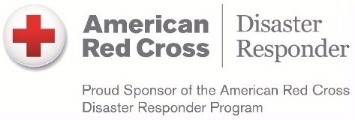From a minor case of black soot, as a result from burning candles, to the extreme case, like a house fire, you have more than likely seen black soot at some point in your life. This dark matter will cause damage and discoloration to your walls and furniture, and wreak havoc on your health.
Black soot can best be described as a product of the incomplete combustion of fueled carbon. When carbon burns all the way through, very little residue is left. When it doesn’t, it leaves behind a black, flaky substance called soot.
When it comes to candles, they don’t burn efficiently. Since the oil in the scented candle fails to completely burn, it fumes off into the air, which is the result of the black soot. These small particles can float in the air for several months. Another common case of back soot would be from gas furnaces. Soot is an indication that your gas furnace needs to be inspected for any maintenance issues.
Worst case scenario, you experience a house fire, which will leave your home covered in a layer of black soot. At this point, you will want to hire a professional restoration team. In the event of a fire, Crew Construction and Restoration will properly dispose of damage materials, and store the salvageable material for content cleaning.
There are common areas you may notice black soot, which include walls, base of the door, switches/outlets (static electricity attracts soot), and the base of your door.
The Dangers of Soot
Statistics show that particle exposure leads to around 20,000 deaths in the U.S. each year.
Soot can embed themselves into the lunge tissue. Longer exposure can result in respiratory problems like bronchitis and asthma.
There are certain cancers that are more prevalent in those exposed to soot. Common cancers associated to continuous soot exposure are lung, bladder and esophageal cancers.
Soot Prevention tips:
Use candle warmers instead of lighting candles
Use high quality air filters in your home
If you have a gas furnace, schedule routine maintenance
Protection during Soot Cleanup
Wearing a mask, gloves and clothes that completely cover the body.
Avoid skin contact with soot. Immediately wash off if this happens.
After a fire, avoid using any fans or blowers to prevent soot particles from moving around in the air.
If you currently have any medical condition, consult with your doctor before beginning any soot clean up.
The safest way to protect yourself from soot and the health risks is hire the professionals to handle Soot Cleanup. Most homeowner’s insurance policies cover fire damage. There is no reason to risk your health by doing the cleanup. At Crew, our team is trained and has the property equipment to remove soot, and proper techniques to avoid spreading it. If you fall victim to a house fire, give Crew Construction and Restoration a call. We handle all aspects of fire, smoke and water damage.



